When many teachers first think about coming to Korea, their eyes often go straight to Seoul or Busan. These cities are the ones that dominate news, media, and social media feeds, so it’s natural that they feel like the obvious choices. But Korea is much more than just its two largest cities. Across the country, there are countless towns and mid-sized cities with rich histories, dynamic communities, and vibrant local cultures that don’t get nearly as much attention outside of Korea as they deserve.
One major reason to expand your search beyond Seoul and Busan is housing. In Korea’s largest urban centers, especially Seoul, space is limited, which means apartments tend to be smaller and more expensive. By contrast, in places like Daegu, Daejeon, or other regional cities, housing is often noticeably more spacious and comfortable because there is simply more land available for development.
Incheon and the surrounding Gyeonggi-do province offer the best of both worlds: easy access to Seoul’s schools, airports, and entertainment, combined with larger, more comfortable apartments and quieter, community-oriented neighborhoods. These areas are perfect for teachers who want the convenience of city life without the cramped spaces and high costs of central Seoul.
This difference can make a real impact on your daily life as a teacher. Larger housing gives you more room to relax and settle in, but beyond housing, living outside the biggest cities can also mean lower costs of living, easier commutes (Seoul traffic can be brutal), and the chance to immerse yourself more deeply in local culture while still enjoying the conveniences of modern Korean life.
Common Housing Types Teachers Encounter
In Korea, standard apartments have clearly measured square footage, but multi-family houses, detached homes, and officetels may instead be described using terms like “one-room,” “two-rooms,” “three-rooms.” This doesn’t always match a precise square meter measurement, so it’s helpful to look at photos and floor plans whenever possible.
1. One-room Studio (원룸)
A one-room studio is a compact apartment where the bedroom, living area, and kitchen are combined into a single space.
Features
- Efficient layout suited for single occupants
- May include basic appliances
- Usually, the most affordable option for teachers
2. Officetel (오피스텔)
An officetel (short for “office + hotel”) is a building that offers office spaces that double as residential units. They are very common for singles and young professionals. Officetels may also include larger layouts with two rooms.
Features
- Located in convenient, central areas
- Come with built-in furniture or appliances
- Have secure entrances and strong privacy
3. Villa (빌라)
A villa is a small, low-rise apartment building (~ 4–5 stories high), often without an elevator.
Features
- Located in quieter, residential areas
- Offer more floor space
- May have multiple floor plan styles
Sample Housing Comparisons
From our experience, housing outside of Seoul is generally more spacious, and our teachers have been happier with the size of the housing. Here are some examples of what teacher housing looks like in Seoul compared to housing in Gyeonggi-do and Incheon.
Housing in Seoul
In Seoul, most one-room studios are very compact, usually falling between 20–23㎡. Because Seoul is so densely populated and the price of housing is high, it results in smaller individual units.
For example, neighborhoods like Mapo-gu (including the famous Hongdae district) and Gangnam-gu are especially popular destinations for our teachers. These areas have excellent public transportation and a lot of nightlife, so housing demand is extremely high. As a result, apartments tend to be smaller, more expensive, and harder to secure. Teachers living in these districts often sacrifice space for convenience and access to central Seoul.
Sample Mapo-gu, Seoul Housing
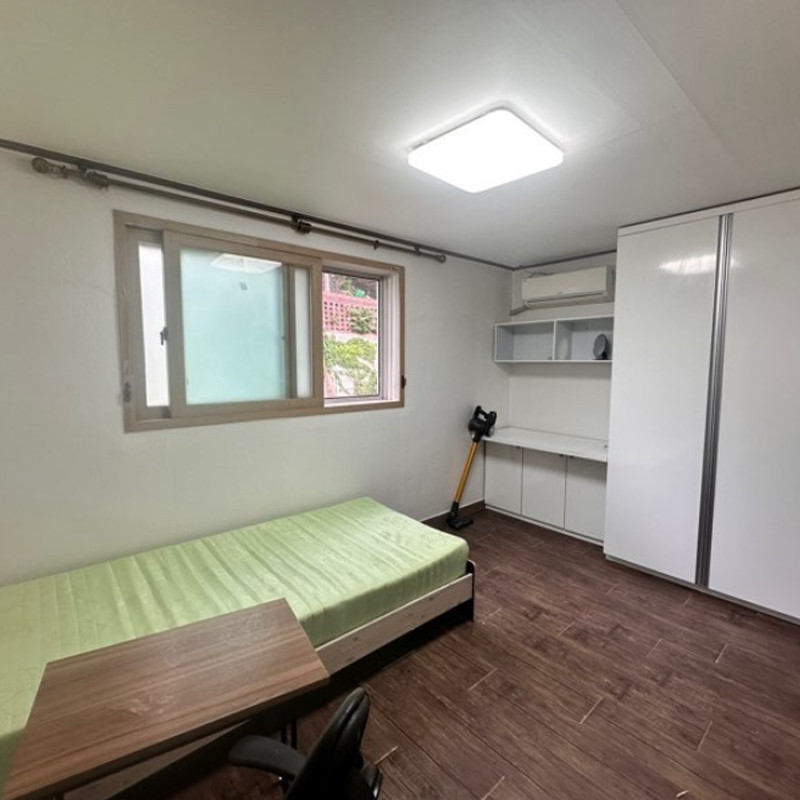
Sample Gangnam-gu, Seoul Housing
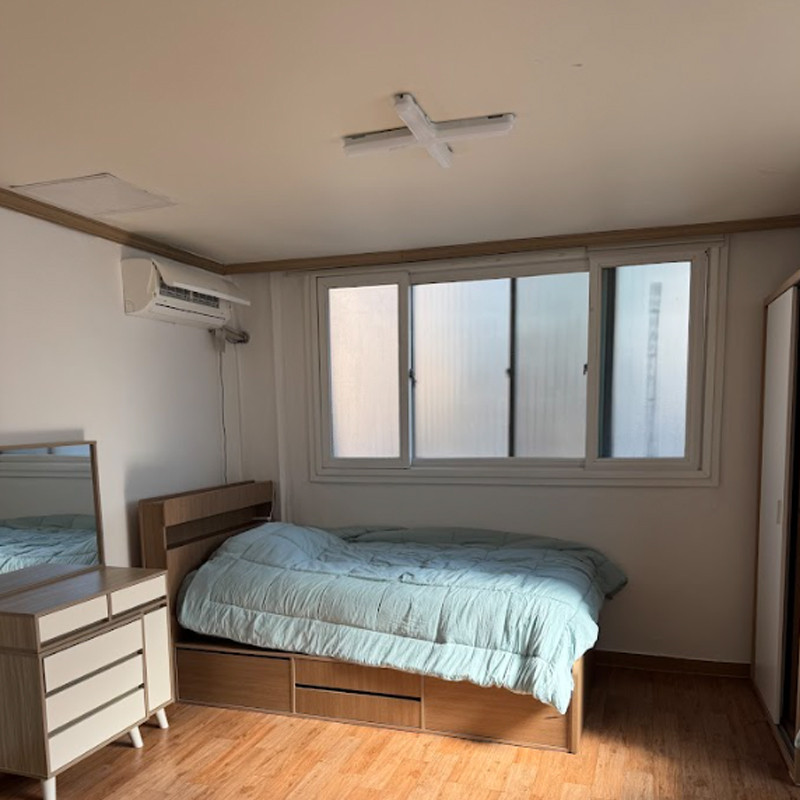
Housing in Gyeonggi-do
Gyeonggi-do surrounds Seoul and includes dozens of cities and districts of varying sizes. Because there is more land available for development, one-room studios here are generally more spacious. A lot of the housing we saw was between 25㎡ and 30㎡, sometimes even larger. These units feel less cramped and may include extra storage space, a wider kitchen area, or room for a small table or sofa. Commute times vary depending on the city, but many areas have direct subway or bus access to Seoul. As of 2025, the highest foreign resident populations are in Ansan, Hwaseong, Siheung, Suwon, and Bucheon, all cities in Gyeonggi-do.
Sample Siheung-si, Gyeonggi-do Housing
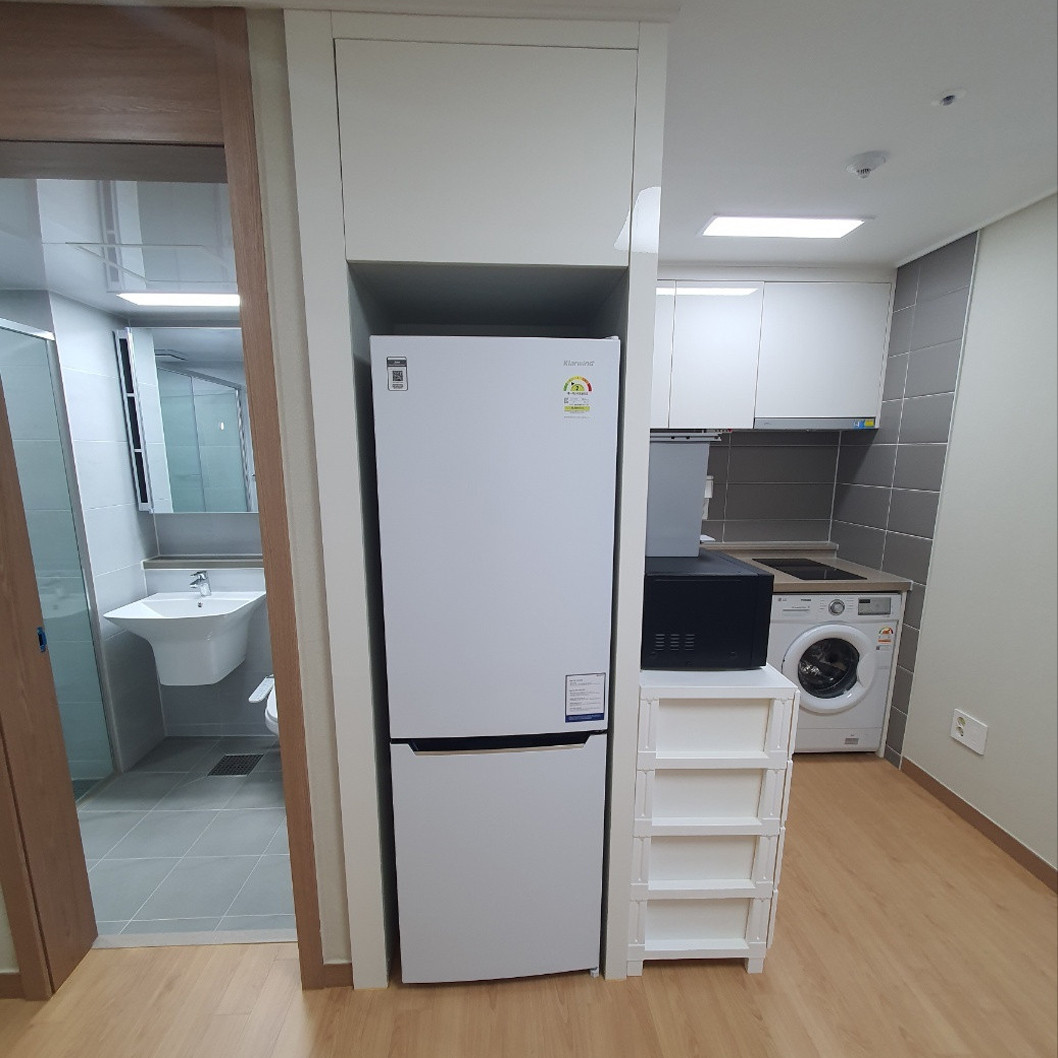
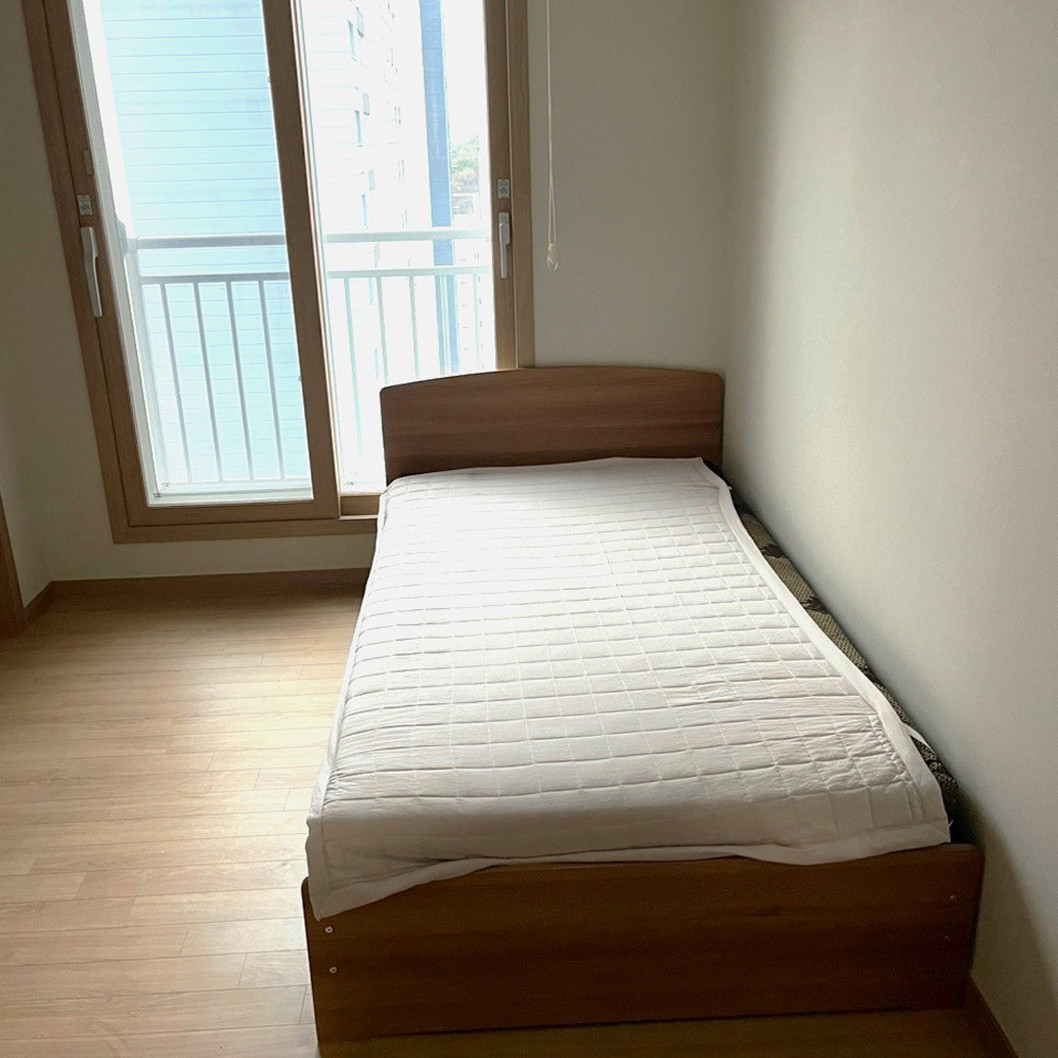
Housing in Incheon
Incheon is a major coastal city located west of Seoul and is one of South Korea’s most important transportation and economic hubs. The city is best known internationally for Incheon International Airport, one of the busiest and most advanced airports in the world. Thanks to its extensive rail network, including the Airport Railroad (AREX) and Incheon Subway Line 1, Incheon maintains a direct connection to Seoul, making daily commuting feasible for many residents.
As a port city with a long history, Incheon combines older, traditional neighborhoods with newly developed urban districts. The city has experienced rapid modernization over the past two decades, resulting in modern residential zones, wide roads, large parks, and improved public facilities. Incheon’s cost of living is generally lower than that of central Seoul, and housing tends to be more spacious or newer for the same price point, which attracts students, young professionals, and international residents seeking more livable and affordable housing.
Songdo, a district within Incheon, is a planned international city built with wide streets, clean infrastructure, and modern residential complexes. A typical one-room studio apartment in Songdo is around 30㎡, similar in size to one-room apartments in Gyeonggi-do, but the overall feel tends to be cleaner and more modern due to newly renovated buildings.
Sample Incheon-si, Songdo Housing
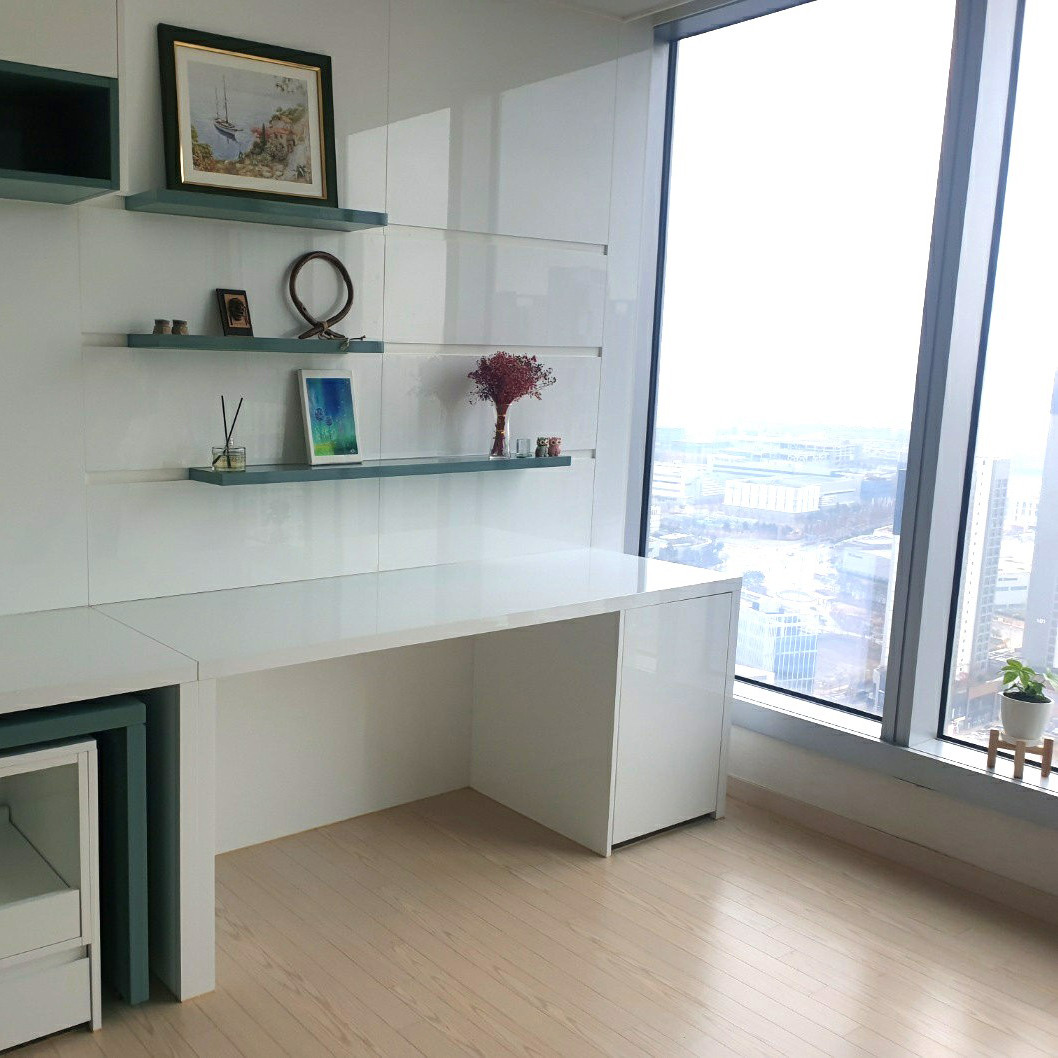
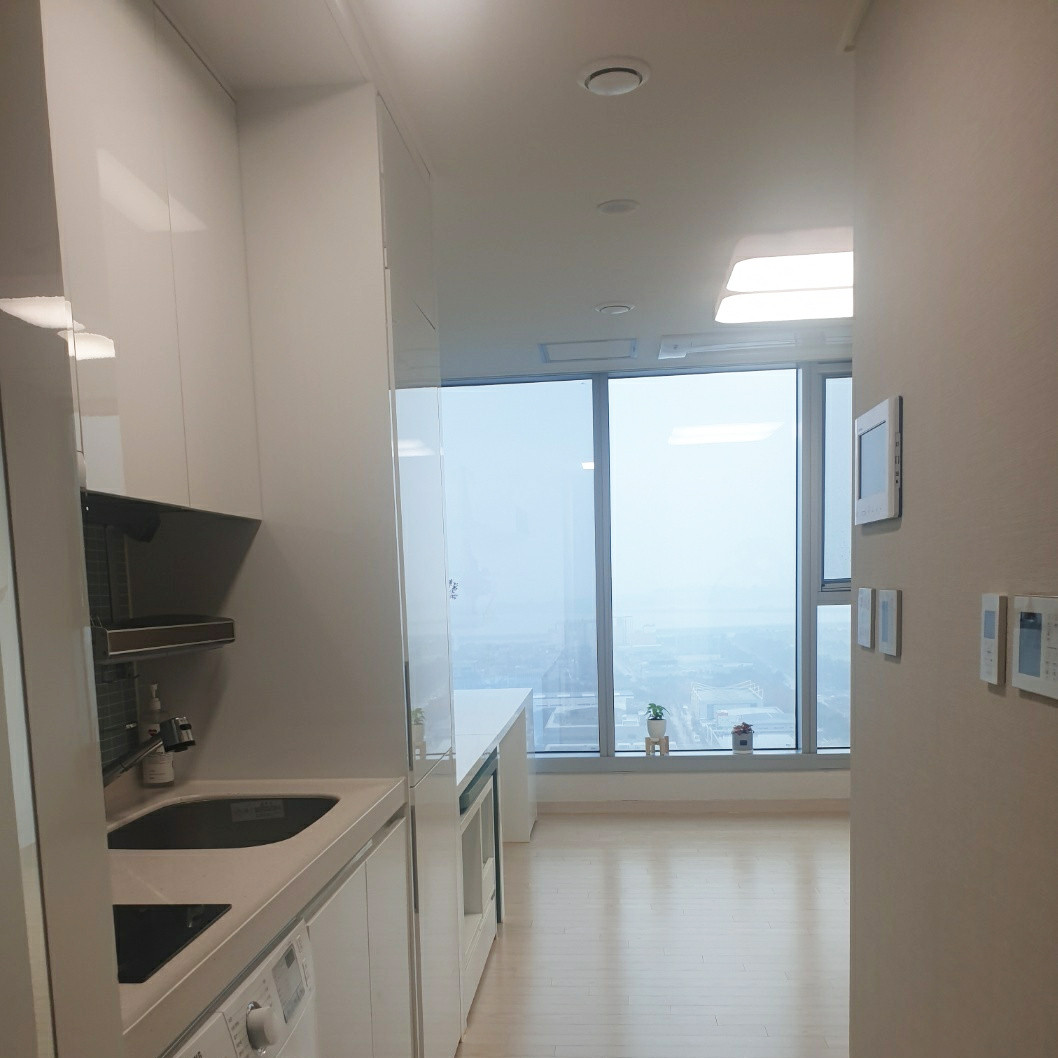
What to Pack: Packing Checklist
Important Documents to Pack:
- Passport & Visa Documents
- Driver’s License (International Driving Permit if needed)
- Health Insurance Documents (or enrollment in Korean National Health Insurance)
- Other Documents (birth certificate, work/school contracts, etc.)
Clothing (for all seasons):
Korea lies in the temperate mid-latitudes, which means we get to enjoy all four seasons. Summers can get hot and humid, while winters are cold and dry. Korea's monsoon or rainy season starts in mid-June and typically ends in mid-July. Clothes are relatively cheap in Korea, but physical stores may have limited sizes.
- Winter (Dec-Feb): Warm coat/parka, gloves, scarf, boots
- Spring/Fall (Mar-May, Sept-Nov): Light jacket, sweaters, comfortable shoes
- Summer (Jun-Aug): Lightweight clothing, umbrella, sunscreen, breathable shoes
Toiletries & Personal Care:
- Basic Toiletries (products that you absolutely need from your home country)
- Prescription Medications (with a doctor’s note)*
*Please check in advance if your medication is permitted in Korea before bringing it with you (maximum of 6 bottles).
Electronics:
- Phone & Charger
- Laptop (check plug type: Korea uses 220V with Type C/F plugs)
- Power Adapter (for Korean outlets)
- Portable Charger
Money & Banking:
- Bank Cards & Cash (some cash in Korean Won for initial expenses)
- Banking Info (for setting up a local account)
Food & Snacks:
- Favorite Snacks (things you can’t find easily in Korea)
- Special Diet Foods (if applicable)
Please be aware that specific items will have to be declared in customs once you arrive in Korea. Please research Korea's customs clearance procedure, and what is permitted in advance.
TAGS
Share
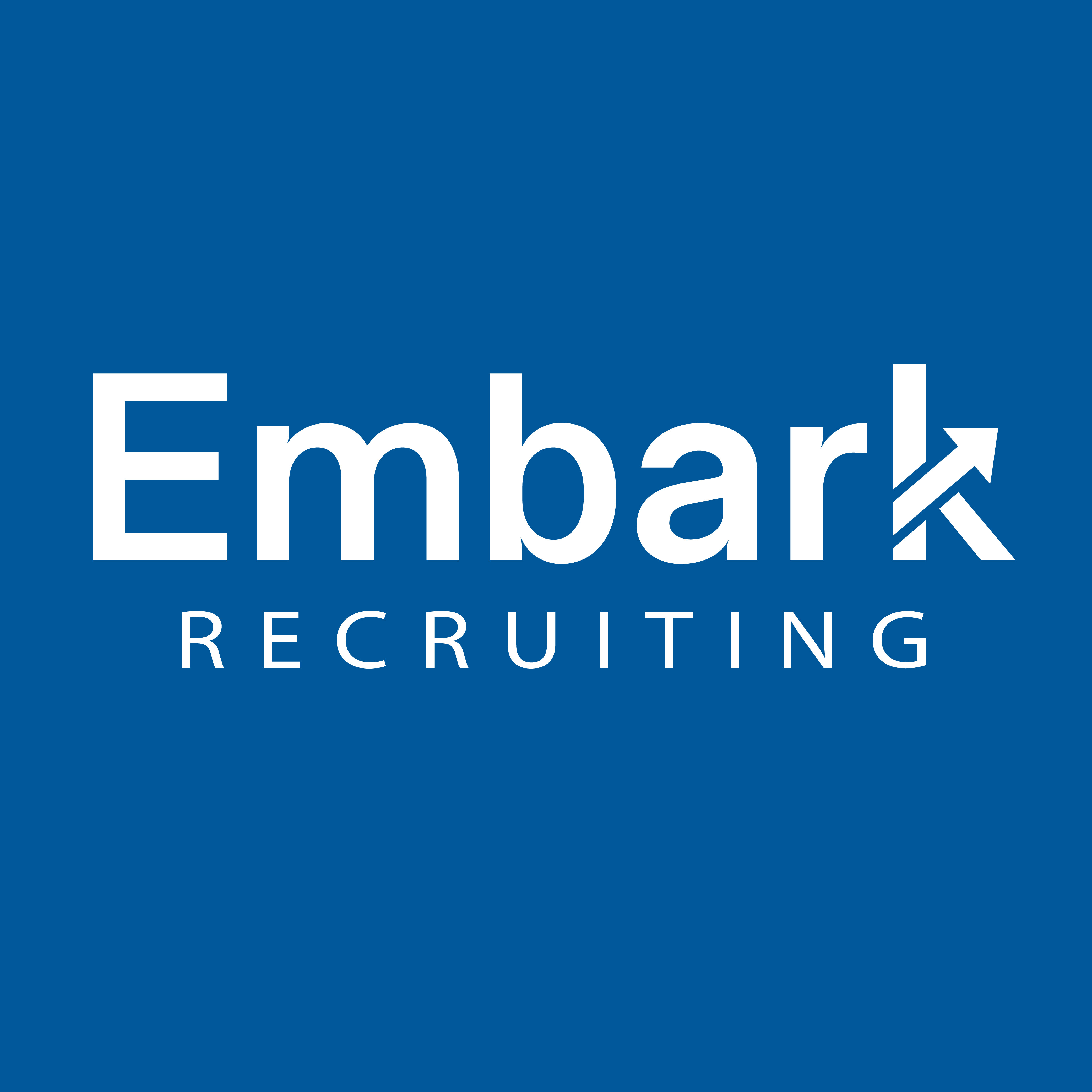
Embark Recruiting Blogs
Embark Recruiting
As former native English teachers in Korea, we know exactly what it’s like to navigate teaching abroad. That’s why we’re committed to increasing transparency in schools and improving Korea’s ESL teaching industry. At Embark Recruiting, we provide full support to help you succeed. Our blogs offer guidance, tips, and insider knowledge for teaching in Korea.